US-Canada Tensions Reshape Canadian Voter Priorities Ahead of National Election
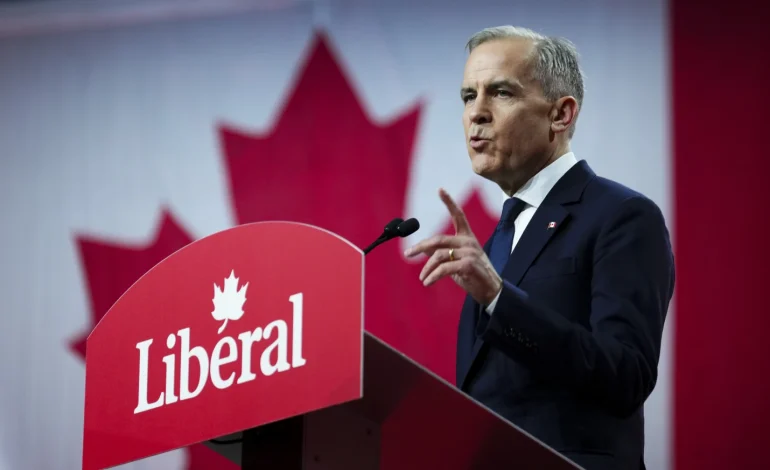
Canada’s upcoming federal election has taken a dramatic turn following a series of provocative moves by US President Donald Trump, whose aggressive trade actions and inflammatory rhetoric have shifted the tone of the campaign and unexpectedly revived the Liberal Party’s political prospects.
Just months ago, the ruling Liberals, led by newly appointed Prime Minister Mark Carney, appeared headed for a decisive defeat after years of economic strain, high inflation, and growing discontent with former leader Justin Trudeau. The opposition Conservatives, under Pierre Poilievre, held a commanding lead in national polls and looked poised to return to power after a decade in opposition.
But the electoral landscape changed dramatically when Trump launched a trade war targeting Canadian industries and suggested that Canada should consider becoming the 51st US state—a remark that many Canadians found deeply offensive. The backlash was swift and widespread, sparking a surge in national pride and a wave of support for the Liberal government.
“Trump has immersed himself into our lives and has defined the ballot question,” said Jean Charest, a former Quebec premier.
Even in historically separatist regions like Quebec, where political sentiment often diverges from the national mood, Canadians have rallied in defense of their sovereignty and identity.
“We’re not going to be the 51st state,” Charest added.
This surge in nationalism has had tangible effects. Canadian flags are flying more prominently, slogans like “Proud Canadian” have proliferated in shop windows, and many consumers are choosing Canadian products over American alternatives. Florists, like the co-owners of Lola Blooms in Ontario, say they’ve stopped importing flowers from the US as a statement of resistance.
The election, originally expected to center on domestic concerns like inflation, immigration, and the economy, has become an unofficial referendum on Canada’s relationship with the United States and who is best suited to defend Canadian interests on the global stage.
Carney, an experienced former central banker, has positioned himself as the candidate capable of standing up to Trump and navigating an increasingly uncertain geopolitical environment.
“The key question in this election is who is best to respond to that. Who will stand up to President Trump?” he said.
Conservative leader Pierre Poilievre, a populist with a style that has drawn comparisons to Trump, may be suffering from the association. Although he initially led the polls by a wide margin, recent surveys show a swing toward the Liberals. A January Nanos poll gave the Conservatives a 27-point lead. By April, the Liberals had pulled ahead by four points.
Observers from across the political spectrum acknowledge the extraordinary nature of the shift.
“We were looking at a scenario where the Conservatives were going to rake in a huge majority,” said Charest. “Here we are months later in another world.”
Ian Brodie, a former chief of staff to Conservative Prime Minister Stephen Harper, called it a once-in-a-generation upheaval.
“At least 40% of the electorate is just petrified about the continued existence of the country,” he said.
While Poilievre and Carney both vow to renegotiate trade agreements with the US to stabilize their respective economies, voters are gravitating toward Carney’s technocratic competence and international experience.
Among those changing their political stripes are voters like environmental journalist Toby Gorman, who typically supports the Green Party. Gorman is now backing the Liberals to ensure a strong mandate in a time of crisis.
“We’re just sick of [Trump],” he said. “But now I think we are at the point where it’s like, we can move on.”
The shift has united Canadians across traditional divides—east versus west, urban versus rural, Anglophone versus Francophone. Even lifelong Conservatives like Peter Hamilton, a maple syrup producer and farmer, acknowledge the need for national unity.
“The bottom line is the Liberals and Conservatives have to work together here,” he said.
CNN and the Associated Press contributed to this report.

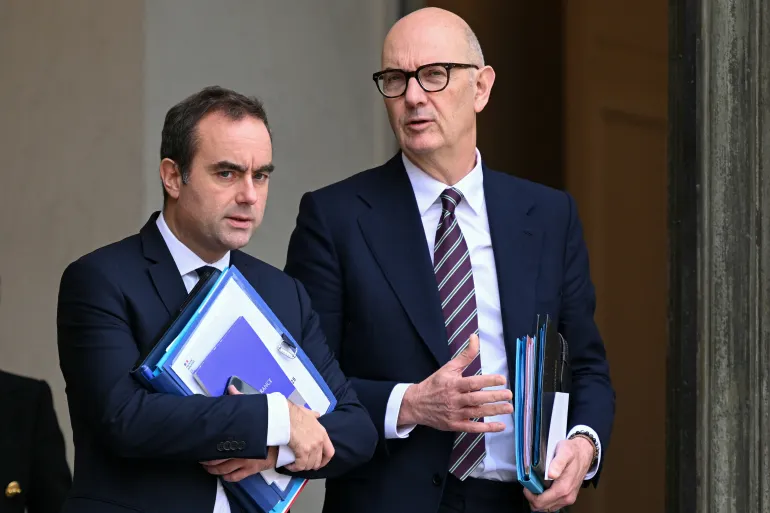
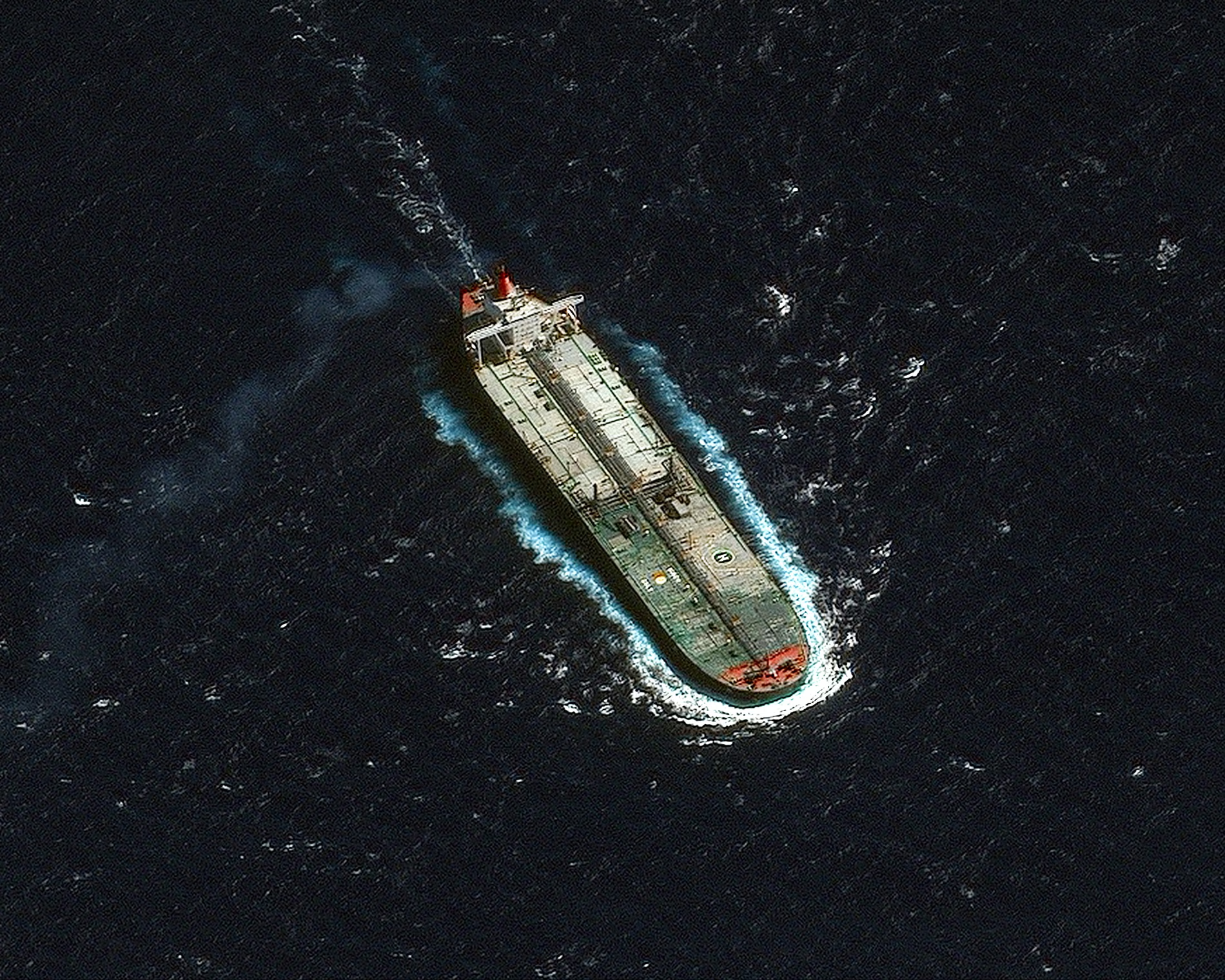



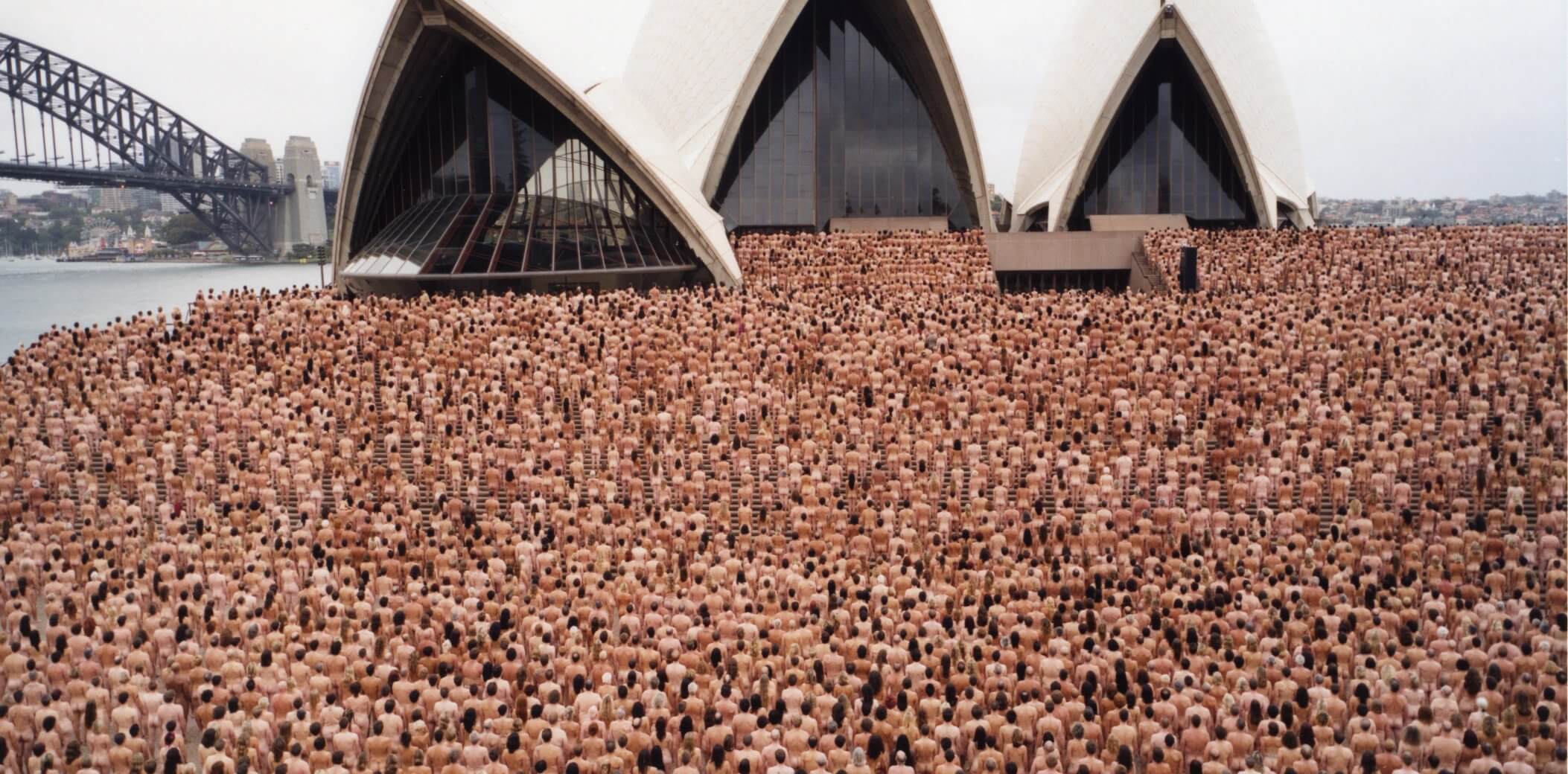
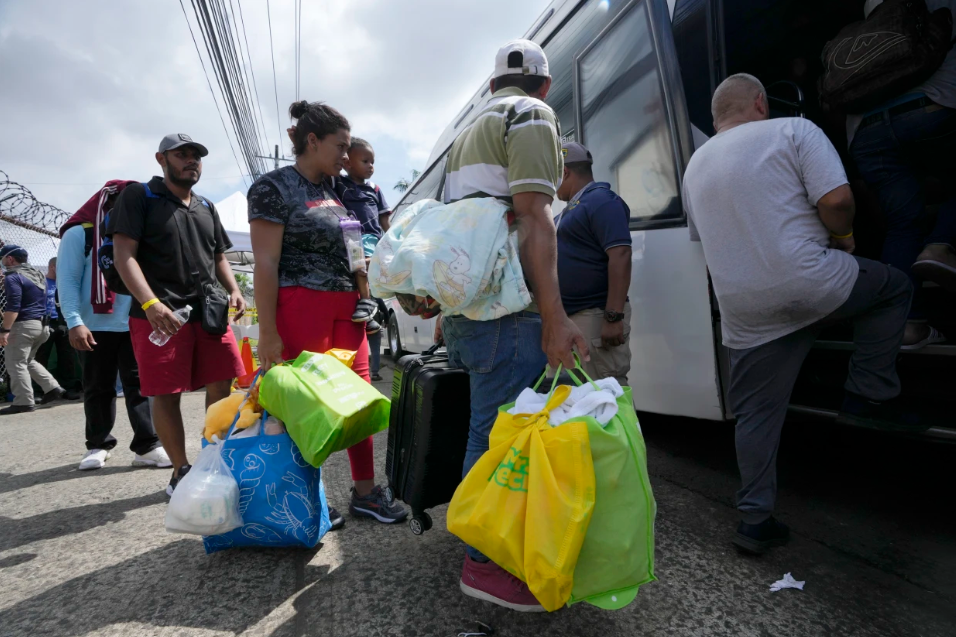
The latest news in your social feeds
Subscribe to our social media platforms to stay tuned